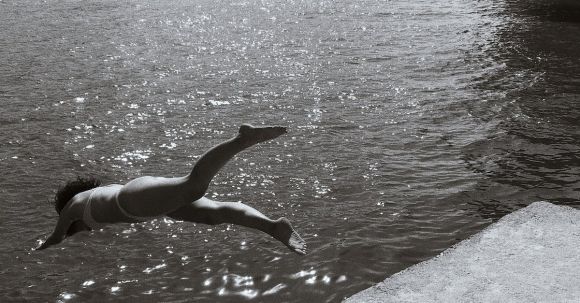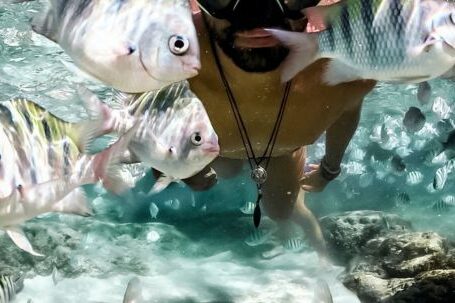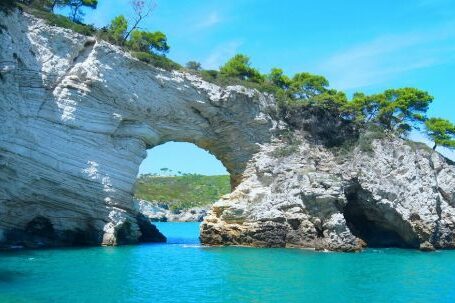Exploring the depths of the ocean has always fascinated mankind. From ancient mariners navigating by the stars to modern-day submarines charting unexplored territories, understanding the navigational techniques used in mapping underwater sites is crucial. In this article, we delve into the various methods and technologies employed for underwater mapping.
Sonar: The Sound of the Sea
Sonar, short for Sound Navigation and Ranging, is a commonly used technique for underwater mapping. It works by emitting sound waves into the water and measuring the time it takes for the waves to bounce back. By analyzing these echoes, scientists and researchers can gather data on the depth, shape, and composition of the ocean floor.
Multibeam Sonar: Capturing a Wide Perspective
Multibeam sonar takes underwater mapping to the next level by providing a wider perspective. Instead of emitting a single beam of sound, multibeam sonar systems emit multiple beams simultaneously. This allows for the creation of detailed 3D images of the underwater terrain, providing a more comprehensive understanding of the site being mapped.
Satellite Imagery: Mapping from Above
While the depths of the ocean may seem inaccessible, satellite imagery offers a unique perspective in mapping underwater sites. By using remote sensing techniques, satellites can capture images of the ocean’s surface and detect subtle changes in water color, temperature, and wave patterns. These observations can then be used to infer the presence of underwater features such as coral reefs or submerged structures.
Bathymetry: The Art of Measuring Depth
Bathymetry is the science of measuring the depths of the ocean floor. Traditionally, this was done using single-beam echo sounders, where a single sonar beam would be emitted and the time it took for the echo to return would determine the depth. However, advancements in technology have led to the development of multibeam echo sounders, which provide more precise and detailed measurements.
Underwater Drones: Exploring the Unseen
Underwater drones, also known as remotely operated vehicles (ROVs), have revolutionized underwater exploration. Equipped with cameras, sonar systems, and other sensors, these autonomous or remotely controlled machines can navigate the depths of the ocean and capture high-resolution images and videos of underwater sites. They are particularly useful in mapping areas that are difficult or dangerous for human divers to access.
GIS: Mapping the Data
Geographic Information Systems (GIS) play a crucial role in processing and analyzing the vast amounts of data collected during underwater mapping expeditions. GIS software allows scientists to create detailed maps, integrate different types of data, and perform spatial analyses. By overlaying information such as bathymetry data, satellite imagery, and underwater drone footage, researchers can gain a comprehensive understanding of the underwater environment.
Challenges and Future Directions
Mapping underwater sites presents unique challenges due to the harsh and unpredictable conditions of the deep sea. Factors such as poor visibility, strong currents, and extreme pressures make the task of mapping underwater sites a complex endeavor. However, advancements in technology, such as the development of more advanced sonar systems and underwater drones, continue to push the boundaries of underwater mapping.
In conclusion, mapping underwater sites requires a combination of advanced techniques and technologies. From sonar and satellite imagery to underwater drones and GIS, these tools enable scientists and researchers to explore and understand the hidden depths of the ocean. As technology continues to advance, we can expect even more precise and detailed maps of underwater sites, unlocking the mysteries that lie beneath the waves.





